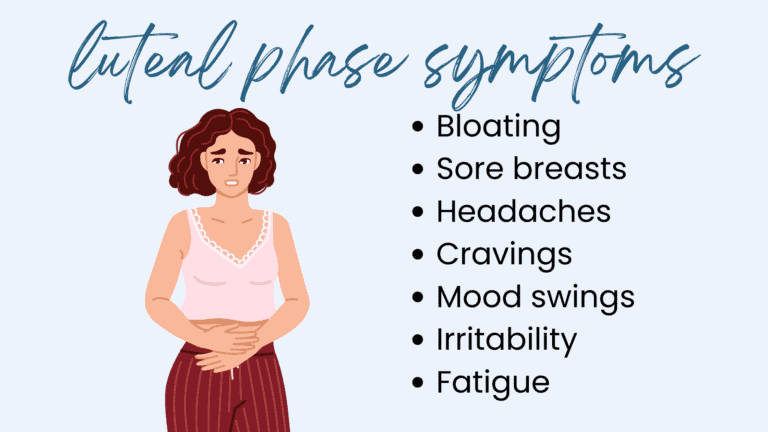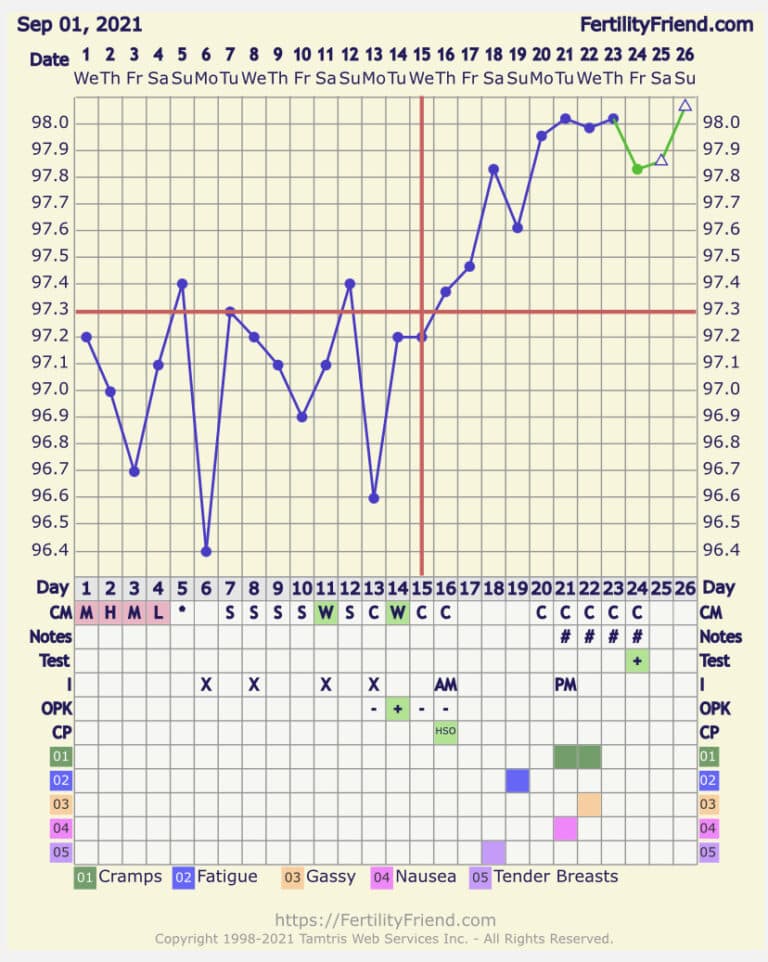How Do I Know if I Am Fertile Enough To Get Pregnant
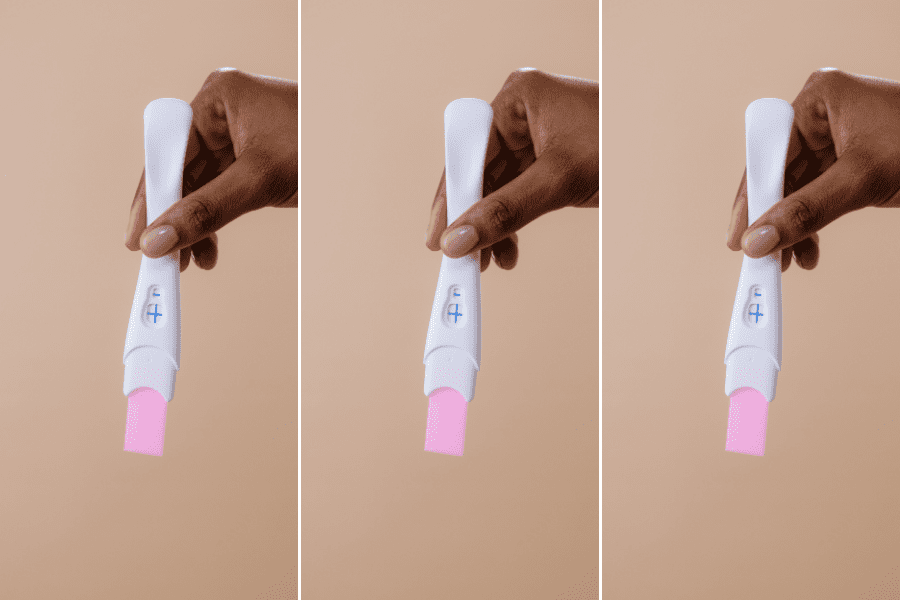
Last Updated on September 25, 2023 by Avi Steen
You’re at yet another baby shower, surrounded by joyous friends celebrating their bundles of happiness. You can’t help but smile, but deep down, you’re wondering, “When will it be my turn?”
It’s that familiar pang of baby fever mixed with a hint of impatience.
You’re not alone, sis; I’ve been there too.
Fertility is one of those topics that can tug at your heartstrings. It’s not just about science; it’s about dreams, hopes, and that inexplicable feeling of completeness a child can bring to your life.
Your menstrual cycle, those ovulation predictor kits, and maybe even the mere mention of a reproductive endocrinologist suddenly become your conversation starters.
Why?
Because understanding your fertility is understanding your dreams.
Knowing your fertility status isn’t just about deciphering the mysterious dance of your menstrual cycle. It’s your passport to better family planning, reduced stress, and even a bit of peace of mind.
It’s about taking control of your journey and making informed decisions about when to start or expand your family. Because, let’s be honest, unplanned surprises are great for birthdays, but not so much for family planning.
So, grab a cup of tea, get comfy, and keep reading. I’m here to guide you through the intricacies of understanding your fertility.
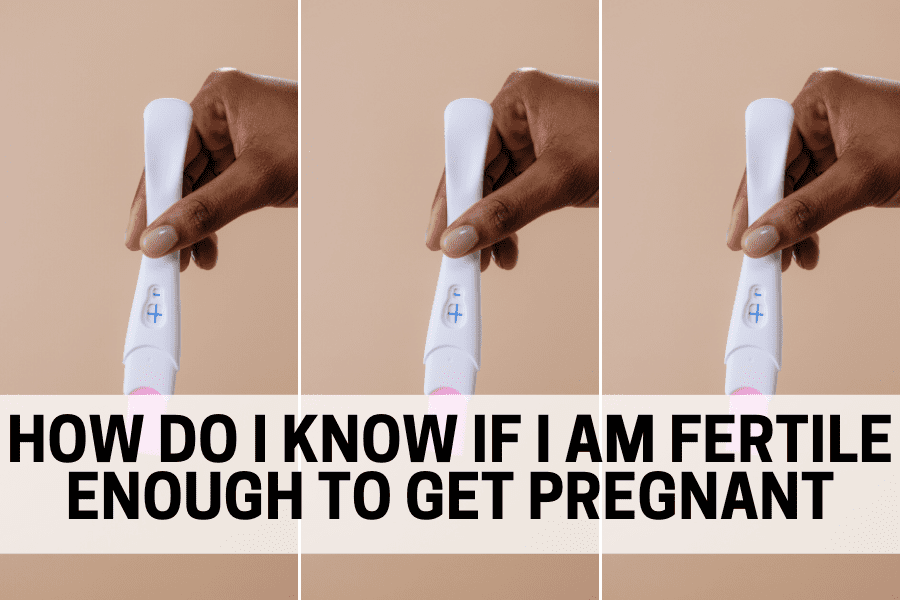
What Does it Mean to be Fertile?
Alright, let’s break it down, sis. Being fertile is like your body’s way of saying, “Hey, I’m open for business!”
Fertility isn’t just about wanting to get pregnant; it’s about understanding the beautiful symphony your body plays every month. It involves factors like body temperature and vaginal discharge (don’t worry; we’ll get into the nitty-gritty of this soon), all working together to create what we affectionately call the “fertile window.”
This window is your golden opportunity, and knowing when it opens and closes is critical to taking control of your fertility journey.
So, let’s dive into the details, shall we? Here’s what you need to know to master the art of understanding your fertility.
Reasons You Need to Know Your Fertility Signs
Understanding your fertility signs is a game-changer. It’s not just about keeping a diary of your body’s quirks; it’s about taking control of your fertility and health. Here are some reasons to understand your body better:

Family Planning:
Whether you’re ready to start a family or not, knowing when ovulation occurs is your ticket to planning when you want to conceive. It’s also important to check in with your doctor before family planning to make sure no roadblocks come up, like pelvic inflammatory disease(PID). This is a condition that could cause damage to your fallopian tubes and other organs, causing infertility issues.
Fertility Treatments:
If you ever need fertility treatments, understanding your body’s cues can significantly help your doctor in the process.

Reproductive Health:
Keeping tabs on your body’s signals can help you identify any irregularities early, ensuring your reproductive health is in tip-top shape.
Predict Ovulation:
Predicting when you’re most fertile is like having a secret weapon when trying to get pregnant.
Emotional Well-being:
It’s not just about the physical; emotional wellness matters, too. When you’re aware of your body’s rhythms, it can reduce the anxiety and stress that often come with trying to conceive.
Now, the icing on the cake? The fertility awareness method is like your personal roadmap in this journey.
It uses ovulation symptoms like cervical fluid and basal body temperature to help you detect ovulation and get pregnant.
So, get ready to dive into understanding your body’s signs and unlocking a world of possibilities.

Step-by-Step Instructions to Identify Your Fertility Signs
Alright, it’s time to dive into the world of fertility awareness, and we’re going to use a powerful method called symptom-thermal cracking.
This method combines the wisdom of your body’s signals to help you predict ovulation and get one step closer to your dreams of motherhood. Let’s break it down into easy-to-follow steps:
1. Track Your Cycle: We will BFFs with your menstrual cycle. This step is about getting to know your cycle’s ebb and flow (pun intended).
2. Track Your BBT (Basal Body Temperature): Get ready to embrace your inner detective. Your body temperature will reveal when your ovaries are firing up those baby-making signals.
3. Observe Your CM (Cervical Mucus): Yep, we’re getting up close and personal with cervical mucus. It’s like your body’s own road map.
Step 1: Track Your Cycle
Alright, sis, let me tell you why this step is so crucial. Your menstrual cycle is like the heartbeat of your trying-to-conceive journey. It’s not just about periods; it’s about those telltale signs your body gives you.
Your ovaries are like superstar DJs, dropping an egg during ovulation b, but it only happens once per cycle. You want to be ready for that party, right?
Well, tracking your cycle is how you RSVP. Start by marking the first day of your period on your calendar, then pay attention to those cues. You might notice pelvic pain, breast tenderness, or changes in your mood.
Step 2: Track Your BBT
Now, let’s talk about your body temperature – specifically, your basal body temperature (BBT). This is like your body’s secret language, and it’s all about your hormones, especially one called progesterone. When your progesterone levels rise after ovulation, so does your BBT.
Here’s how it works: Grab a basal body thermometer, and every morning, before you even get out of bed, take your temperature. Record it diligently because those tiny shifts can tell you a lot.
If you have irregular periods or suspect conditions like polycystic ovary syndrome (PCOS), your BBT can be a lifesaver in predicting ovulation. The hormone progesterone will rise after ovulation as it helps to sustain a possible pregnancy.
Step 3: Track Your CM
Let down to the juicier details – tracking your cervical mucus (CM). It’s like God’s way of giving you a roadmap to your body’s signs. When you’re trying to get pregnant, this step is pure gold.
Your CM changes throughout your cycle. Picture it like raw egg whites – stretchy, clear, and slippery when you’re most fertile.
When you start seeing these vaginal fluids, it’s a sign that ovulation is on the horizon. Your body is gearing up for the big event, and CM is your front-row ticket.
In the days leading up to ovulation after your period, your cervical mucus changes from dry to sticky, then to creamy, and finally to an egg white consistency. That’s when you know it’s go time!
Key Considerations for Successfully Identifying Your Fertility Signs
Sis, we’ve covered the how-tos, but now it’s time to dive into some key considerations that’ll make your journey smoother. First and foremost, consistency is your best friend.
Tracking your signs, BBT, and CM might feel like a science experiment, but it’s your fertility we’re talking about. So, don’t skip a beat.
Secondly, if you ever hit a roadblock or have concerns, don’t hesitate to reach out to a specialist or reproductive endocrinologist. They’re the experts of the fertility world, armed with further tests and knowledge.
They can provide that extra guidance and peace of mind you might need along the way.
Remember, this journey is a mix of science and intuition. Trust your body’s signals, stay consistent, and know that seeking professional advice is a smart move if you ever need it.
Your dream of motherhood is worth every step of this incredible journey.

Taking it to the Next Level: Improving Your Fertility
Okay, we’ve mastered the art of identifying our signs, but let’s talk about taking it up a notch. When it comes to improving your infertility, it’s not just about what you track; it’s about how you nourish your body and mind.
Consider this: our hormones are like the conductors of our fertility orchestra. They need the right environment to perform their in sync.
Start by looking at your lifestyle. Are you getting enough sleep, managing stress, and staying active? These factors play a significant role in optimizing your health.
Lastly, pay attention to your last period. Irregular cycles can sometimes signal underlying issues, so it’s worth discussing with a healthcare professional. Remember, improving infertility is a holistic journey – mind, body, and soul.
Let’s make those changes together!
Alternatives to Tracking Fertility Signs
Now, tracking fertility signs might not be everyone’s cup of tea, and that’s perfectly okay. There are alternative methods that could be a better fit for you.
One option is consulting a specialist. They’re like your fertility GPS, guiding you with expert advice and sometimes using tests to pinpoint your most fertile days.
Ovulation predictor kits, in particular, can be a game-changer. They measure the luteinizing hormone in your urine to predict when ovulation is about to happen.
However, every method has its pros and cons. While tracking fertile signs offers a holistic view of your reproductive health, consulting a specialist and medical tests can provide more precise data, although significantly more expensive.
The key is finding what suits you best on this incredible journey to motherhood. Your path is uniquely yours, and there’s no one-size-fits-all approach.
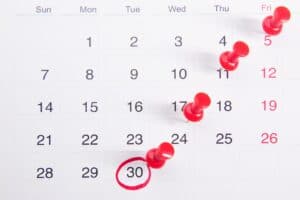
Wrapping Up and My Experience With Fertility Signs
As we come to the end of this journey, let’s recap the key takeaways. We’ve ventured into the world of fertile signs, decoding the secret language your body uses to pave the way for new life. But this isn’t just about theory; it’s about real-life transformations.
I remember the day I discovered that tracking my temperatures revealed a shorter luteal phase. It was like finding a missing puzzle piece. Armed with this knowledge, I made lifestyle changes and, lo and behold, got pregnant naturally.
Now, it’s your turn, sis. I encourage you to take action today. Assess your signs, embrace the insights we’ve shared, and embark on your journey with newfound confidence.
I hope I answered the question: how do I know if I’m fertile enough to get pregnant? If you’re hungry for more knowledge and ready to dive deeper, don’t hesitate to join our free fertility mini-course. Your dreams of motherhood are within reach, and I’m here to guide you every step of the way.

Octavia Steen is an NBDA certified fertility doula, health coach, certified fitness nutrition specialist, aspiring missionary with the COGIC, and owner of Mother Mindset. She helps future and current mamas become more consistent in faith + fitness and grow closer to God so they can create a healthier lifestyle from the inside out!


